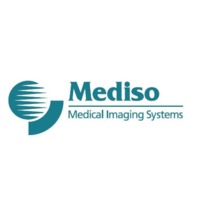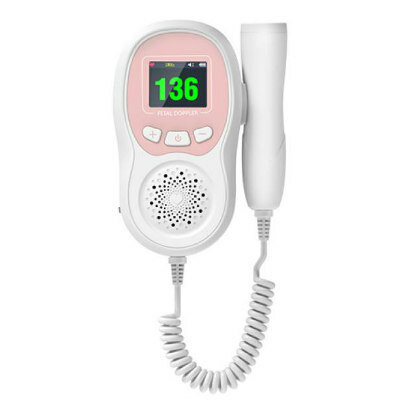New Technology Slashes Risk of Heart Disease After Radiotherapy for Breast Cancer
By MedImaging International staff writers
Posted on 10 Apr 2013
A new radiotherapy application is designed to help physicians decrease a woman’s risk of developing heart disease years after treatment for breast cancer. The technology employs a global positioning system (GPS) for-the-body technology to help lessen exposure of the heart during treatment for breast cancer. Posted on 10 Apr 2013
“We use the Calypso System for real-time motion tracking along with a special breath-hold technique,” stated L. Christine Fang, MD, assistant professor of radiation oncology at the Seattle Cancer Care Alliance, University of Washington (Seattle, USA). “In this way, we can more accurately deliver adequate doses that we feel are necessary to reduce the chance of tumor recurrence. All women with left-sided breast cancer are evaluated for this approach to decrease radiation exposure to the heart.”
The Calypso system, developed by Varian Medical Systems (Palo Alto, CA, USA), a developer of radiotherapy equipment and software, utilizes a set of tiny transmitters that are temporarily affixed to the skin near the middle of the patient’s chest and then tracked continuously throughout a treatment session. Patients are coached beforehand to take a deep breath and hold it at specified times during treatment, which expands the chest and pushes the breast away from the heart. The radiation therapist provides treatment only when the transmitters show that the patient’s anatomy is in the correct position and the heart is not in the path of the beam.
According to Mark Logsdon, MD, radiation oncologist with the Radiological Associates of Sacramento Medical Group (CA, USA), noted that radiation saves lives. “A large-scale meta-analysis of studies involving more than 10,000 women showed that, with surgery alone, breast cancer patients have up to twice the risk of recurrence within 10 years, as compared with those who do receive radiotherapy. We want to give our patients the best possible shot at staying cancer free. By using a heart-sparing technology like the Calypso system, we can also decrease the already small chances of their having heart problems in the future.”
“The Calypso system is one of several technologies that Varian offers to help minimize women’s risk of radiotherapy related heart disease,” said Chris Toth, vice president of marketing for Varian’s oncology systems business. Other important tools, which are often used together, include: (1) four-dimensional (4D) diagnostic imaging that shows the magnitude of respiratory motion and enables the generation of treatment plans that take this motion into account. (2) Image-guidance tools, including the RPM (real-time position management) respiratory gating system, which monitors a patient’s respiratory cycle and switches the treatment beam off and on as the targeted area moves towards and then away from the heart. (3) High-resolution beam-shaping devices that continually shape and reshape the treatment beam so that it correlates the shape of the region being targeted and helps minimize dose to nearby tissues and organs. (4) Lastly, the Pivotal prone breast treatment couch, which enables treatments with the patient lying face down. In some cases, this approach helps to further minimize exposure of the heart and lung by increasing the separation between the breast and these organs.
“The clinical community has long been aware that radiation can damage the heart,” noted Francine Halberg, MD, who uses RPM respiratory gating in her practice to minimize dose to the heart when treating cancer of the left breast. “However, recent widely reported news of a study that showed radiation therapy for breast cancer raises women’s risk for heart disease potentially left millions of women alarmed and confused about their treatment choices. The study was based on data collected in Sweden and Denmark during a time when cardiac sparing techniques were barely used anywhere. To extrapolate the risks found in that study to today’s treatment protocols is an apples-to-oranges comparison that needlessly frightens today’s breast cancer patients faced with making a choice about their treatment options—particularly when it has been demonstrated that radiotherapy can confer a significant benefit in terms of long-term tumor control.”
Related Links:
Varian Medical Systems














